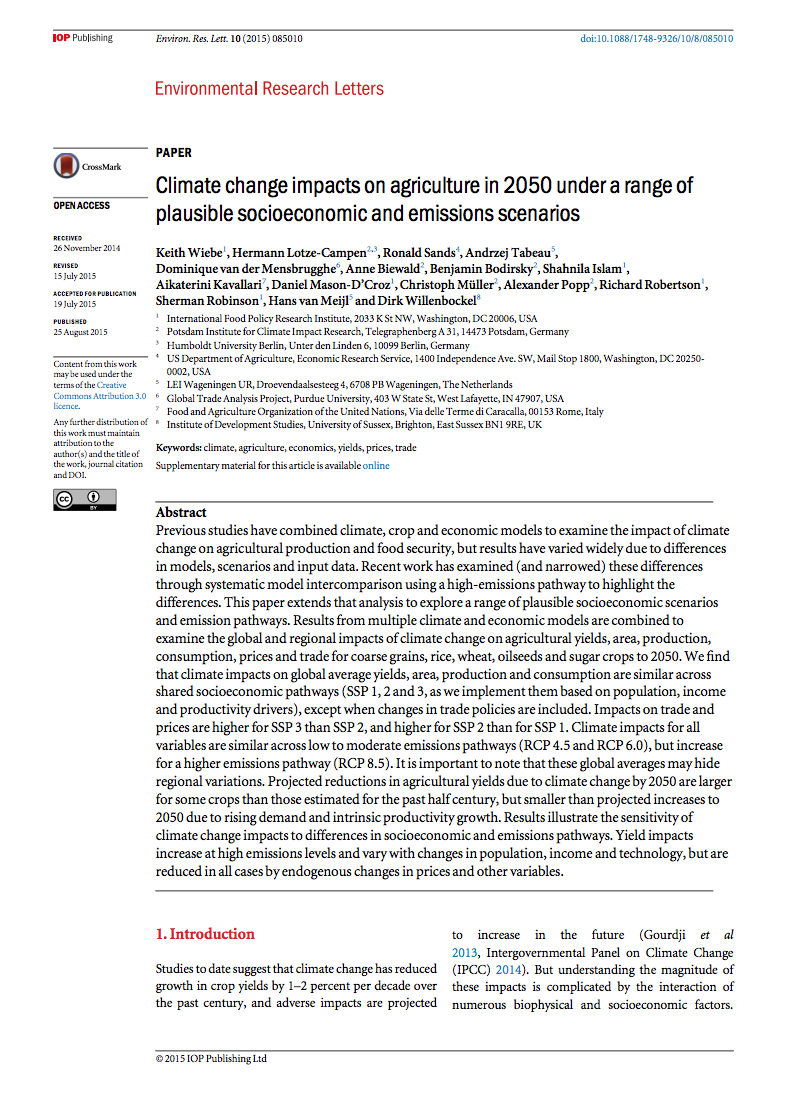Capacity Development for Integrated Water Resources Development and Management in India
This paper's objective is to strengthen the capacity of various institutions in the Ministry of
Water Resources, River Development & Ganga Rejuvenation for sustainable water resources management, and to develop training tools for innovative techniques for further dissemination to state agencies and other stakeholders.



